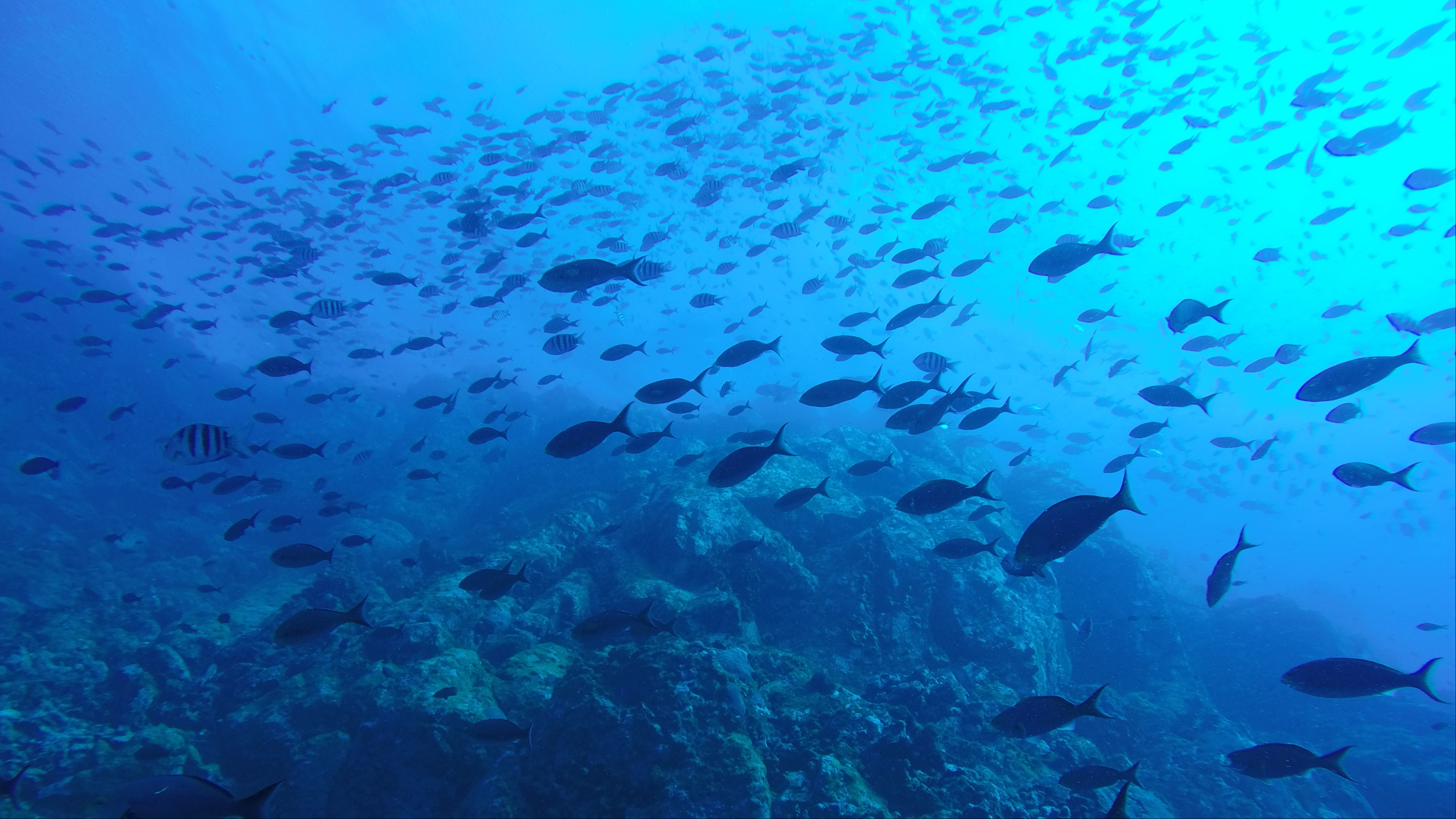Our oceans, vast and mysterious, hold within their depths 94 percent of the world’s wildlife and 97 percent of its water. Yet, despite their importance, we know more about the surface of Mars than we do about our own ocean floors. This underwater realm, with its crushing pressures, icy temperatures, and perpetual darkness, remains largely unexplored. Even with modern sonar technology, only about 20 percent of the ocean floor has been mapped, leaving the majority of this incredible ecosystem shrouded in mystery.
A Resource Like No Other
Throughout history, oceans have been vital to human civilization, serving as routes for trade, sources of sustenance, and spaces for exploration. Today, they remain a critical economic engine, driving global commerce and providing food for billions. Beyond their economic value, oceans are home to an astounding diversity of life, with an estimated 240,000 known species and potentially millions more yet to be discovered.
Under Pressure
The health of our oceans is under threat. Warming waters and increasing acidification are disrupting marine ecosystems and jeopardizing the vital role oceans play in regulating Earth’s climate. Rising sea levels, more intense storms, and coral bleaching are just some of the alarming consequences of these changes.
The Blue Economy
The “blue economy” offers a beacon of hope. It envisions a future where we harness the vast potential of the ocean for sustainable economic growth and environmental protection. This means not only utilizing ocean resources responsibly but also actively working to restore and protect this precious ecosystem.
Traditional Sectors
The blue economy encompasses established industries such as:
- Maritime Transport and Shipping: Over 80 percent of global trade relies on the intricate network of ships crisscrossing our oceans
- Fisheries and Aquaculture: Providing food and livelihoods for millions worldwide
- Coastal Tourism: Generating revenue and employment opportunities in coastal communities
- Offshore Oil and Gas: Meeting global energy demands
- Defense: Utilizing underwater technologies for national security
In 2022, the US marine economy alone contributed $476 billion to the national GDP and supported 2.4 million jobs.
Emerging Opportunity
Exciting innovations are driving new sectors within the blue economy:
- Renewable Ocean Energy: Harnessing the power of waves, tides, currents, and offshore wind to generate clean energy
- Marine Bioprospecting/Biotechnology: Exploring marine organisms for new medicines, materials, and biofuels
- Seabed Mining: Extracting valuable minerals from the ocean floor, while carefully considering environmental impacts
- Carbon Sequestration: Utilizing the ocean’s capacity to absorb and store carbon dioxide from the atmosphere
These emerging sectors hold immense potential for economic growth and environmental sustainability.
Higher Education and the Blue Economy
Universities can play a crucial role in advancing the blue economy through research and academic programs:
- Research Centers and Institutes: Focusing on key areas like marine renewable energy, ocean and coastal resource management, and blue economy promotion and entrepreneurship
- Specialized Degree Programs: Offering degrees in fields like coastal and ocean engineering, marine studies, and sustainable aquaculture
- MBA Programs with Blue Economy Concentrations: Equipping business leaders with the knowledge and skills to navigate this emerging sector
Looking Ahead
The blue economy presents a unique opportunity to create a more sustainable and prosperous future. By investing in education, research, and innovation, we can unlock the vast potential of our oceans while ensuring their health for generations to come.
Want to learn more about the programs reshaping the future of higher education?
Check out our 2025 5 Emerging Programs webinar to see what’s gaining momentum in higher ed and why it matters now more than ever.




